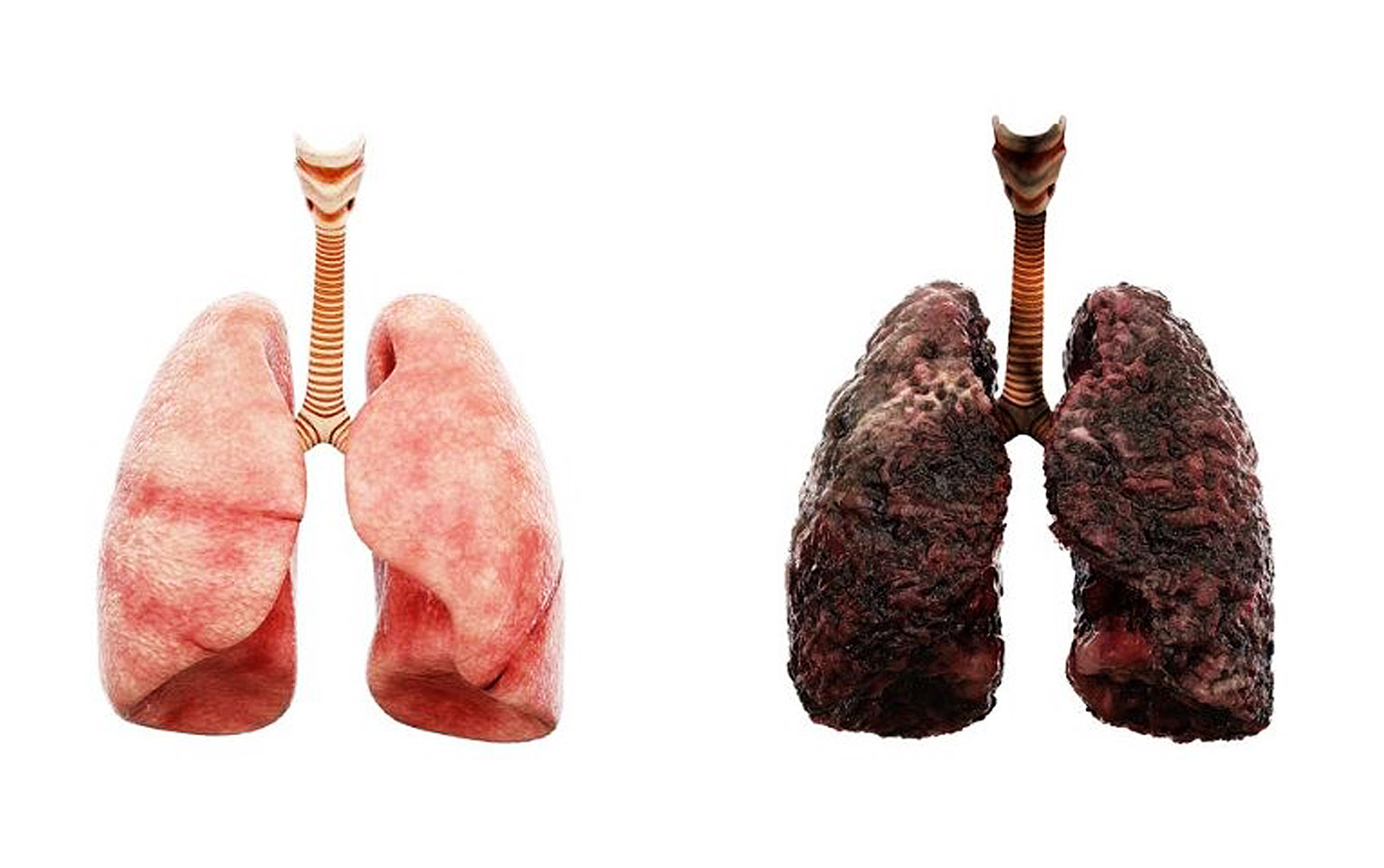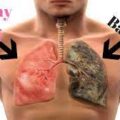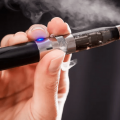Smoking is a global health concern, responsible for a myriad of detrimental effects on the body, particularly the respiratory system. The lungs, essential organs responsible for oxygen exchange, bear the brunt of smoking’s assault, leading to a range of serious conditions such as chronic obstructive pulmonary disease (COPD), lung cancer, and respiratory infections.
The World Health Organization (WHO), a specialized agency of the United Nations responsible for international public health estimates that there were over 1.3 billion smokers worldwide as of its last update in September 2021.
This staggering number reflects the widespread prevalence of smoking, despite the increasing awareness of its detrimental health consequences. Tobacco use is a major risk factor for a range of serious health conditions, including various types of cancer, cardiovascular diseases, respiratory disorders, and other non-communicable diseases (NCDs). It is responsible for a significant burden on global healthcare systems, contributing to millions of premature deaths and disabilities each year.
However, there is a glimmer of hope for those who choose to quit smoking. The human body has an incredible ability to heal, and with smoking cessation, the lungs undergo a remarkable journey to recover and repair the damage caused by years of smoking. In this article, we explore the extent to which smokers’ lungs heal after quitting and the benefits of kicking the habit for respiratory health.
The Initial Effects of Smoking on the Lungs
Before delving into the healing process, it’s essential to understand how smoking affects the lungs initially. Cigarette smoke contains over 7,000 chemicals, including harmful toxins like tar, nicotine, and carbon monoxide. These substances irritate and inflame the delicate tissues lining the respiratory system, leading to a cascade of adverse effects. Over time, smoking destroys the cilia, tiny hair-like structures that help clear mucus and foreign particles from the airways, making smokers more susceptible to infections.
Smoking also causes the air sacs in the lungs (alveoli) to lose their elasticity and become enlarged, reducing the lungs’ ability to expand and contract effectively. The damage incurred by smoking is progressive, with long-term smokers facing a higher risk of chronic respiratory diseases.
The tobacco epidemic stands as one of the most formidable public health challenges the world has ever encountered, exacting a devastating toll with over 8 million lives lost each year, of which approximately 1.2 million deaths are attributed to exposure to second-hand smoke.
A critical aspect to acknowledge is that all forms of tobacco carry inherent dangers, leaving no room for safe levels of exposure. Cigarette smoking, being the most prevalent form of tobacco consumption globally, remains a primary driver of tobacco-related health issues. However, it is vital to recognize that various other tobacco products also contribute to this alarming global epidemic. These products include waterpipe tobacco, diverse smokeless tobacco variants, cigars, cigarillos, roll-your-own tobacco, pipe tobacco, bidis, and kreteks.
In every manifestation, tobacco poses a significant threat to public health, leading to a spectrum of life-threatening conditions. From cancers to cardiovascular diseases and chronic respiratory ailments, the consequences of tobacco use are far-reaching and insidious. Furthermore, the exposure to second-hand smoke, affecting both smokers and non-smokers alike, adds a complex dimension to this already grave health crisis.
The Healing Process After Quitting
The decision to quit smoking is undoubtedly a challenging one, but it’s a pivotal step toward allowing the lungs to heal and regain their functionality. Upon quitting smoking, the body initiates a multi-phase healing process:
- Short-term improvements: In the first few days after quitting, smokers may experience noticeable improvements in their respiratory health. The carbon monoxide levels in the blood decrease, allowing oxygen levels to return to normal. As a result, the heart and lungs function more efficiently, reducing the risk of cardiovascular complications.
- Reduction of inflammation: Within weeks of quitting, the inflammation in the airways starts to diminish. This allows the cilia to regain their function, promoting the clearance of mucus and reducing the risk of respiratory infections.
- Reversal of lung damage: Over time, the lungs exhibit the ability to repair some of the structural damage caused by smoking. Studies have shown that lung function, particularly the ability to exhale forcefully (forced expiratory volume in one second – FEV1), improves significantly after smoking cessation.
- Lowering the risk of diseases: The risk of developing chronic respiratory diseases, such as COPD and lung cancer, decreases with each smoke-free year. The longer a person stays smoke-free, the more their risk approaches that of a non-smoker.
- Long-term benefits: After several years of abstinence, the risk of developing certain smoking-related diseases can decrease by as much as half compared to continuing smokers. The body continues to heal, and the risk of mortality from smoking-related illnesses diminishes substantially.
Lifestyle Changes to Enhance Healing
To maximize the healing process and further improve lung health, ex-smokers can adopt several lifestyle changes:
- Regular exercise: Engaging in physical activities can enhance lung function, improve cardiovascular health, and boost overall well-being.
- A balanced diet: Eating a nutritious diet rich in fruits, vegetables, and whole grains provides essential vitamins and antioxidants that support the healing process.
- Avoiding exposure to pollutants: Minimizing exposure to air pollutants, such as secondhand smoke, environmental toxins, and allergens, is crucial for respiratory recovery.
- Staying hydrated: Drinking plenty of water helps keep the airways moist and facilitates mucus clearance.
Conclusion
Quitting smoking is undeniably one of the most profound and positive changes a person can make for their respiratory health. The human body’s capacity for healing is awe-inspiring, and the lungs are no exception. With each smoke-free day, the healing process begins, repairing the damage caused by smoking and reducing the risk of severe respiratory diseases.
Remember, the journey to respiratory recovery might not be easy, but the benefits are immeasurable. Seek support from friends, family, or healthcare professionals to aid you in this life-transforming decision. By choosing to quit smoking, you are not just healing your lungs; you are paving the way for a healthier and brighter future.






